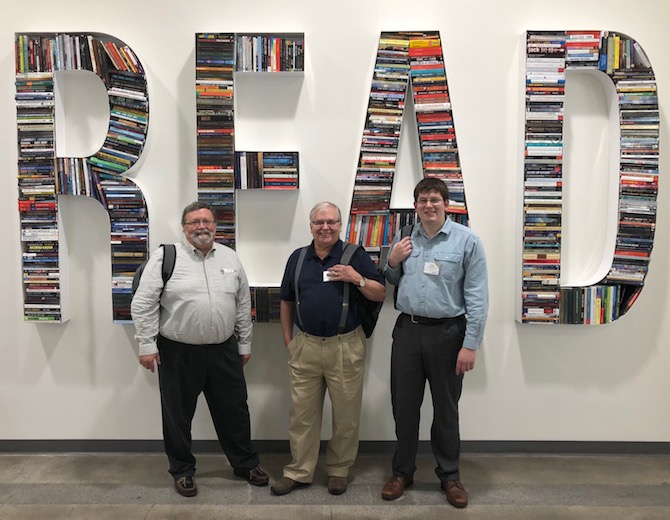
Front Edge Publishing partners Editor David Crumm, Publisher John Hile and Director of Production Dmitri Barvinok.
Millions are looking for inspiration in their reading
EDITOR’S NOTE: I must credit my daughter, the Rev. Megan Walther, with prompting this ReadTheSpirit Cover Story, because she responded to The New York Times’ much-talked-about “100 Best Books of the 21st Century” with her own nomination of 10 books she would have placed on that list. More importantly, she urged everyone to go on social media with their lists of favorite books that were published so far in this new century. Her energy sparked a quest to look back over the 17 years of our online magazine and prepare this list: “10 Best Overlooked Spiritual Books of the 21st Century.”
There is one important qualifier here! Because I am also the founding Editor of Front Edge Publishing, I have excluded all of “our own” books from this list—because I’m so proud of all the FEP books we’ve produced. I could not pick and choose among our community of authors for this list.
But that should not stop you!
Make your own lists and share them just as we are doing here!
If you do compile a list you’d like to share with others, please send that list (or a link to your own online posting of a list) to me at [email protected]
So, looking across the 100s of books we have recommended in 882 weekly issues of ReadTheSpirit, here are …
The 10 Best Overlooked Spiritual Books of the 20th Century (so far)
Frederick Buechner: The Yellow Leaves
Frederick Buechner (1926-2022) has been a major influence in my own life as a journalist, writer and editor—and I continue to mourn his passing. I met him when I was a young man and got to talk with him while he was spending a weekend at the University of Michigan. My mother, who lived into her 90s, was a huge Buechner fan and loved to share daily quotes from his writing right up until the season of her own death. Buechner’s example guided me when I became the Editor of Front Edge Publishing in 2007—and now I am working closely with author Jeffrey Munroe, who wrote the influential Reading Buechner as well as our own jointly produced book, Telling Stories in the Dark—which also is deeply influenced by Buechner. Given this lifelong Buechner influence, there’s no surprise that this is the first book that came to mind when compiling this list.
So, what is Yellow Leaves?
In his late 70s, Buechner was working on what he assumed would become his final book, The Yellow Leaves, (Other works have been published under his name since then but this was the last book he shaped from start to finish.) However, when he finished the manuscript—he ran into a problem. Buechner told me his version of the story in this 2007 interview. After that interview was posted, I learned more about the story because Buechner’s long-time editor at Harper One was a mutual friend. By the time Buechner was working on Yellow Leaves, his once masterful powers of long-form narration already were dimming, resulting in a book that is eclectic. Buechner himself understood that. But the seemingly scattered nature of this book led his Harper One editor to conclude that his team could not successfully market Yellow Leaves. He rejected the manuscript. So, Buechner turned to his last resort—his denominational publishing house, WJK Press, where the editors recognized the gift he was giving them.
To this day, it’s the first book I recommend to other writers about reflections on aging, because of the fascinating patchwork quilt this book represents from the mature mind and heart of a great writer. And, the book haunts me as well because, after several decades of interactions with Buechner, that interview we published to mark the publication of Yellow Leaves was the final conversation the two of us ever had.
Rob Bell: Everything Is Spiritual
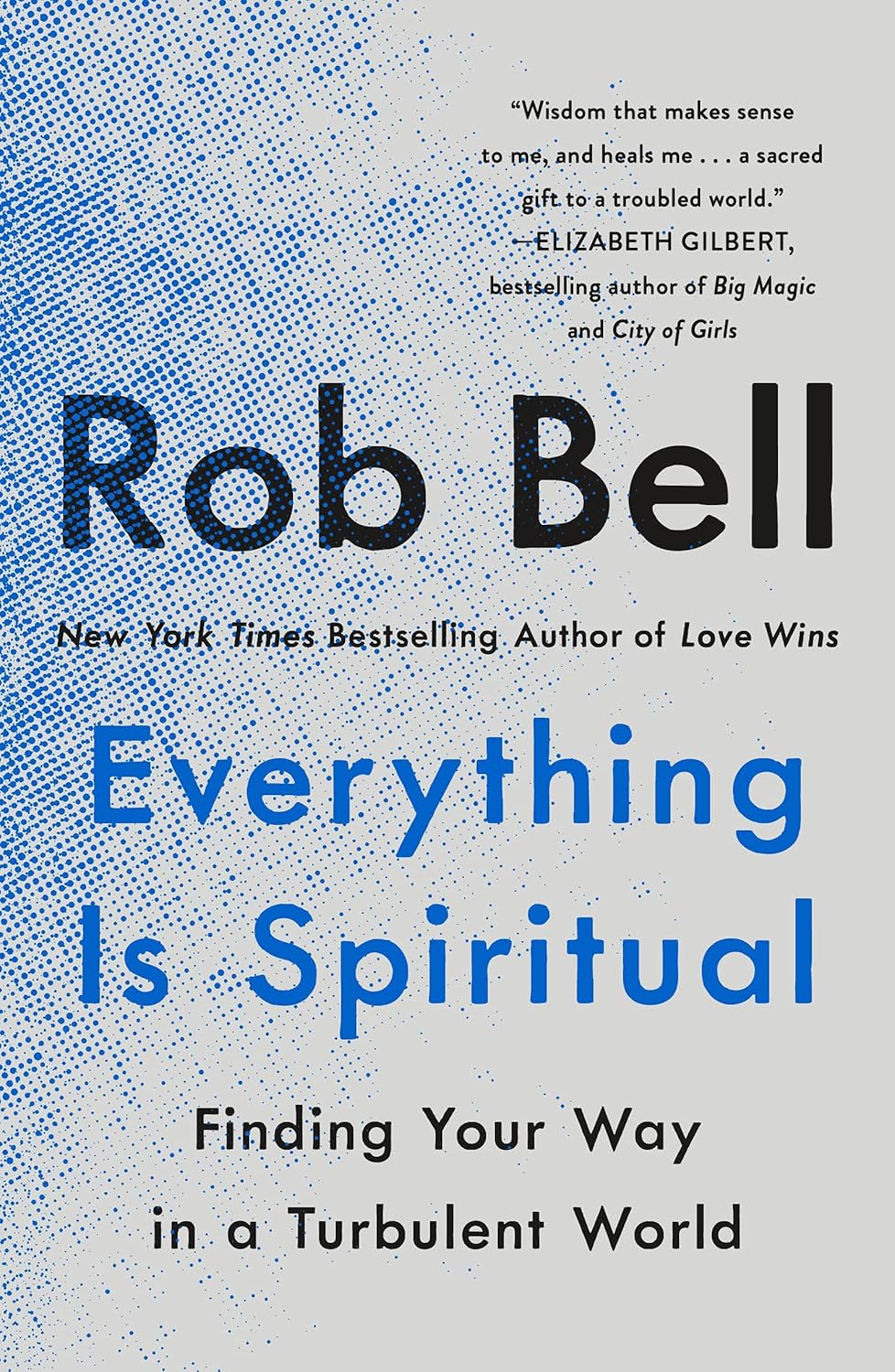 I’m glad that Rob Bell keeps the cover of this book visible on the front page of his website, because I know he shares my affection—and the affection of many of his long-time fans—for this truly unique volume.
I’m glad that Rob Bell keeps the cover of this book visible on the front page of his website, because I know he shares my affection—and the affection of many of his long-time fans—for this truly unique volume.
Around the time this book was published, Rob was migrating from his roots as one of Michigan’s most famous megachurch pastors—and the creator and star of the NOOMA video series—to becoming an international media star. On one hand, Rob was downsizing his life into much smaller circles for friendship and worship—while, on the other hand, he was giving up the constraining labels of “evangelical” and “pastor” to redefine his vocation in new ways. For example, he became known as one of Oprah’s friends and collaborators.
As Religion Editor of The Detroit Free Press, I had covered Rob’s rise—including the 2006 Everything Is Spiritual tour that reshaped his presence as a uniquely American teacher, theologian and preacher. Because this book reflects that Rob in transition, it also includes examples of the creative fire that illuminates why so many of us around the world continue to follow his work.
In an interview with Rob at the time, we talked about how his tours were distinctively different than the classic evangelical road shows that had been crisscrossing America for centuries. Rob told me that he understood both the opportunities and the dangers of that tradition of American revivals—and, as a result, paid very close attention to the way he was presenting his message to audiences.
“I’m listening to how Jesus taught people. Read it yourself. The images Jesus gives people are organic. He speaks of planting seeds and waiting for them to sprout and grow. He talks about yeast and yeast takes time to rise. He talks about organic processes all the time. I want people to expand and grow, too, but I want them to grow in the right ways. When you’re presenting a tour like this, you can set up the right kind of lighting and play the right music and you can get people into a froth over almost anything and then you can tell them where to walk and what to sign up for. I could do that, but it’s not the way I hear Jesus teaching.”
That kind of Rob Bell is in this book!
I also have to credit my longtime professional friendship with Rob for shaping my decision to lead our publishing house to work with the team from Texas that produced the surprisingly diverse collection of meditations in George A. Mason’s The Word Made Fresh. I knew there was an audience out there for this kind of inclusive, provocative, expansive expression of Christianity because I had seen Rob develop that audience.
Dinah Berland: Fanny Neuda’s Hours of Devotion
I met Dinah Berland in 2008, when I began a series of interviews with her about her work in recovering this Jewish classic from 19th-century Europe—the first Jewish prayer book created by a woman. Those stories Dinah told me about this book continue to haunt me. That includes Dinah’s experience of meeting an elderly Holocaust survivor, a woman who had clutched a copy of Fanny’s prayer book with her even as she was transported to a Nazi concentration camp.
The life of Fanny Neuda was largely unknown until Dinah began her work to recover this book for modern readers. Someday, I hope we will see a new, full-scale biography of this remarkable woman—and perhaps even a feature film made of her life. But, one thing is clear to me from Dinah’s updates over the years: This book has a life of its own that continues to connect powerfully with readers’ lives—and somehow manages to connect readers with each other.
My personal favorites in this volume are the Psalm-like prayers that express both the challenges of living—and the hope of compassionate connection with others and with God. One of my favorites in this collection is “New Moon,” which begins with an acknowledgment of deep suffering but eventually concludes:
Soon the Eternal One will let you shine once more
In the brilliance of divine mercy.
Soon the Eternal One will guide you
Out of darkness and into the light.
And, like Rob Bell’s example prepared me to see the value of George A. Mason’s work, my conversations with Dinah Berland shaped my decision that our publishing house would work with Rabbi Lenore Bohm on her influential book Torah Tutor. The point I am making is: Great books—memorable books—open up new worlds into which we step as we read them. That certainly was true with Buechner, Bell and Berland—and was true of the next Top 10 author on this list, as well.
 Phyllis Tickle: The Words of Jesus
Phyllis Tickle: The Words of Jesus
Phyllis Tickle (1934-2015) was one of the mentors guiding our team in founding our publishing house and online magazine—and we are amazed to realize that nearly a decade has passed since her death. Among other major influences, Phyllis was a close friend and also a spiritual advisor to Ken Wilson, author of such influential books as A Letter to My Congregation and Solus Jesus (with co-author Emily Swan). In fact, Phyllis felt so strongly about the importance of Ken’s work in promoting Christian inclusion that she wrote the Introduction to Ken’s A Letter.
During her lifetime, Phyllis was a force of nature in the community of journalists, scholars and authors writing about religion. She served as a keynoter, a retreat leader, a friend and advisor so frequently that a whole host of us who worked in this field regarded her as an encouraging friend.
In her own work as a journalist and author, Phyllis devoted years of her life to distilling the Christian message to its essentials. She is perhaps best known today for her series of prayer books, which I have seen in the personal libraries of countless pastors and other readers who share a deep interest in spirituality. Last Christmas, in fact, my wife and I gave new copies of her prayer books to my daughter, who had requested them.
However, I think Phyllis’ greatest book in this new century was The Words of Jesus, which the Newsweek reviewer called: “Harsh. Testy. Uncompromising.” That enthusiastic three-word response—which now appears on the front cover of the current edition of her book—was sparked by the power of these Gospel passages as presented by Phyllis in this new format.
Phyllis also talked with me about the creation of this book in 2008 in a wide-ranging interview in ReadTheSpirit.
 Robert L. Short: The Parables of Dr. Seuss
Robert L. Short: The Parables of Dr. Seuss
The vast expanse of contemporary spiritual publishing owes a debt to the true innovator in this field: the Rev. Robert L. Short, a Presbyterian pastor with a delightful sense of humor who blew open the gates to the fortresses of religious publishing with his 1965 mega-bestseller The Gospel According to Peanuts.
How popular was that book? It sold more than 10 million copies and made room for countless authors over the past 60 years to explore the whole cosmos of connections between spirituality and popular culture. The Gospel According to Peanuts was among the most influential books on religion in the 20th Century.
Short was influential in my own family, since I shared a love of Short’s Peanuts classic with my father, a pastor, and I eventually had opportunities to meet Short several times throughout our lifetimes. Short died in 2009, but not before he gave us his unique “take” on how Dr. Seuss’s universe could be adapted as Christian parables.
I’m also a life-long lover of Seuss’s work and, as a journalist, have come to admire Seuss’s remarkable evolution as a person and a writer. For example, Seuss transformed himself from a racist, anti-Japanese crusader throughout World War II to a repentant activist for compassionate inclusion—and he did so in a public way so that others might learn from his change of heart.
I will always treasure this little 2008 volume by Short in which two creative giants who were personal influences on my own career—Short and Seuss—came together in a wonderfully creative series of reflections.
 Steve Sheinkin: The Adventures of Rabbi Harvey
Steve Sheinkin: The Adventures of Rabbi Harvey
Even The New York Times editors recognized that graphic novels deserved a little space in their list of “100 Best Books,” because this “genre” has exploded in popularity in this new century. However, there’s still little awareness of the deeply intertwined roots of America’s culture of “comics” and Jewish spirituality. Simply look back at the origins of super heroes in American comic books and then flash forward to the era in the 1970s when “graphic novels” were recognized as a serious genre. Among the classics you will find is Will Eisner’s 1978 A Contract with God—and Other Tenement Stories.
It took two creative minds in Jewish publishing—cartoonist and author Steve Sheinkin and Jewish Lights Publisher Stuart Matlins—to dream up a series of graphic novels that more fully embrace the wisdom of Jewish culture in an American context. In my interviews with Sheinkin, over the years, he described this blend this way: ““Unlike most Westerns I’ve seen, the story here is made up of bits and pieces of Jewish folktales and teachings, Midrash, Talmudic wisdom, and Hassidic legends.”
In our view, with the debut of Rabbi Harvey, Sheinkin instantly became a true innovator in American comics history. That’s why we invited Sheinkin to be part of a project we organized a decade ago—collecting works by leading American comic-strip creators around the theme: Bullying Is No Laughing Matter.
If you do get a copy of Sheinkin’s original book—you’ll almost certainly want to order copies of his two Rabbi Harvey sequels as well: Rides Again and Wisdom Kid.
 James Cone: The Cross and the Lynching Tree
James Cone: The Cross and the Lynching Tree
One of the most egregious omissions in The New York Times Top 100 list is theologian James Cone’s The Cross and the Lynching Tree. To start with, it’s hard to think of a book on religion published since 2000 that has received more honors—including the prestigious Grawemeyer Award in Religion. When The Times published its lengthy obituary of Cone in 2018, the obit writer credited this as one of the most important of Cone’s dozen books. To this day, this book has a 4.8-star rating on Amazon, based on 2,682 ratings by readers.
In an interview with Cone that I published in 2011, he said:
“I am trying as hard as I can to interpret what the Christian Gospel means in American society and American history. That has been my focus and concern through these years because I think so many white Christians and African-American Christians need to be challenged. I feel that, unless we engage the contradiction of white supremacy as it impinges on our life and faith, then we cannot understand what the Christian Gospel is all about. … This book was 10 years in the making—seven years of research and three years of writing. It was the most painful and difficult book I’ve ever written and yet it was the most liberating of all the books I have written. After I finished this, I found it easier to relate to both blacks and whites. This whole process was like an exorcism that would keep this from defining me after I shared this message.”
If you care about making a positive contribution to the racial divides in America, this is a book you must read.
And, like so many books on this list, Cone’s powerful call to rethink our patterns of American racism has echoed in the minds and hearts of our publishing house team through the years—leading us to publish books like Annie Reinking’s groundbreaking 2019 book, Not Just Black and White.
 Philip Jenkins: The Lost History of Christianity
Philip Jenkins: The Lost History of Christianity
Of all the books I regularly purchase as gifts for friends and colleagues, many are by the remarkably restless and relentlessly provocative historian Philip Jenkins. At the top of that list of books that I consider essential reading for anyone who claims to be interested in Christianity is Jenkins’ book with the long title: The Lost History of Christianity: The Thousand-Year Golden Age of the Church in the Middle East, Africa, and Asia—and How It Died
In an earlier ReadTheSpirit column recommending this book, I actually wrote about such a gift-giving experience in which I said to a good friend: “Listen, I don’t usually push books on you, but you’ve just got to read the latest by Philip Jenkins. It’ll completely re-frame what you think you know about the shape of Christianity—and the meaning of orthodoxy. Christianity has been a whole lot bigger than most of us assume.”
In one of my interviews with Jenkins over the years, he told me that a driving forces behind this book was the need to correct the popular American Christian myth, today, that America is the epicenter of Christianity in our world. Jenkins called that a “present-ist” myth. Just because American church leaders control vast wealth and power today does not mean that their version of Christianity is the exclusive inheritance of Jesus’s followers 2,000 years ago. In fact, earlier in world history, major centers of Christianity lay in Africa and Asia and thrived there for centuries.
Learning more about religion’s history can be a powerful antidote to the rise of Christian nationalism in this new century.
 Barbara Mahany: The Book of Nature
Barbara Mahany: The Book of Nature
If you have read this far in our list of 10 Overlooked Spiritual Books, I hope that you realize we are recommending books with the potential to change your life—books that have the power to expand your vision, mind and heart.
Since its publication in 2023, a little more than a year ago, Barnbara Mahany’s The Book of Nature—The Astonishing Beauty of God’s First Sacred Text has become my first choice to recommend to other journalists and authors who are looking for fresh examples of writers who powerfully engage readers in a spiritual quest. Even before Barbara’s book was published, I read an advance copy from her publisher, I was mesmerized and I knew that I would be talking about this book for a long time.
In our ReadTheSpirit Cover Story about this book, I wrote: Barbara’s latest book is truly “remarkable,” because her aim is nothing short of “bedazzlement”—trying to summon all of our senses to a fresh appreciation of, quite literally, the natural world in our own back yards from gardens, trees and birds to wind, snow, dawn, dusk and the stars at night.
Down through the millennia, she explains, great writers and spiritual sages have “read” this “book of nature” as a revelatory gift from God. She writes: “Mine is the God of sunrise and nightfall, the breath behind birdsong and breeze in the oaks. Mine is the God of a thousand voices, a thousand lights, and gazillions of colors. Whether I notice or not, mine is the God who never hits pause when it comes to creation: inventing, reinventing, tweaking, editing, starting from scratch all over again, day after day after heavenly day.”
This book has only existed for a year. It’s already a spiritual classic.
 Steven Charleston: We Survived the End of the World
Steven Charleston: We Survived the End of the World
And speaking of instant “classics,” Native American theologian, educator and author Steven Charleston already has changed the global discussion of religious—and specifically Christian—responses to the potential of catastrophic dangers in our world today. For example, as we reported recently, bestselling Christian author Brian McLaren devotes a section of his new book, Life After Doom, to the wisdom of Steven Charleston.
In my most recent interview with McLaren, he said he is urging people in his own writing and public talks to listen more closely to Native sages like Charleston. “I think that Native American perspectives absolutely have to be a part of the path ahead for us,” McLaren said in our interview. “At this point, it’s almost too late to keep hoping that any of the systems that brought us to this point will somehow provide solutions. We need to consider value systems that predate colonialism and industrialism and empire.”
My interview with Charleston about End of the World concluded this way:
One thing Steven Charleston is not recommending is that non-Native readers try to convert to indigenous cultures. “There are lots of books and programs and retreats by people who claim to have taken the wisdom from Native people and recast it as their own mix of Native American branded herbs or drumming or visions—or whatever else they are selling. And, to all that stuff you can buy from people who aren’t Native American—I say: ‘Avoid all the Baloney!’ Native people don’t want non-Native people to come and appropriate our rituals as their own.
“In this book, I am sharing a deeper wisdom. I wrote this book so that readers—especially non-Native readers—can see that anyone—and I mean anyone from the vastly different cultures around our world—can learn the truth about our tradition. Even though we went through the end of the world, we survived because of the wisdom of our prophets and the strength of our spiritual vision. …
“We’re living in an age right now when people are deeply fearful. I want to show people one option they could choose based on Native experience to find new strength. If we do, we can make a real difference. We can prevent this feeling of helplessness and feel, instead, both hope and empowerment.”
.
.
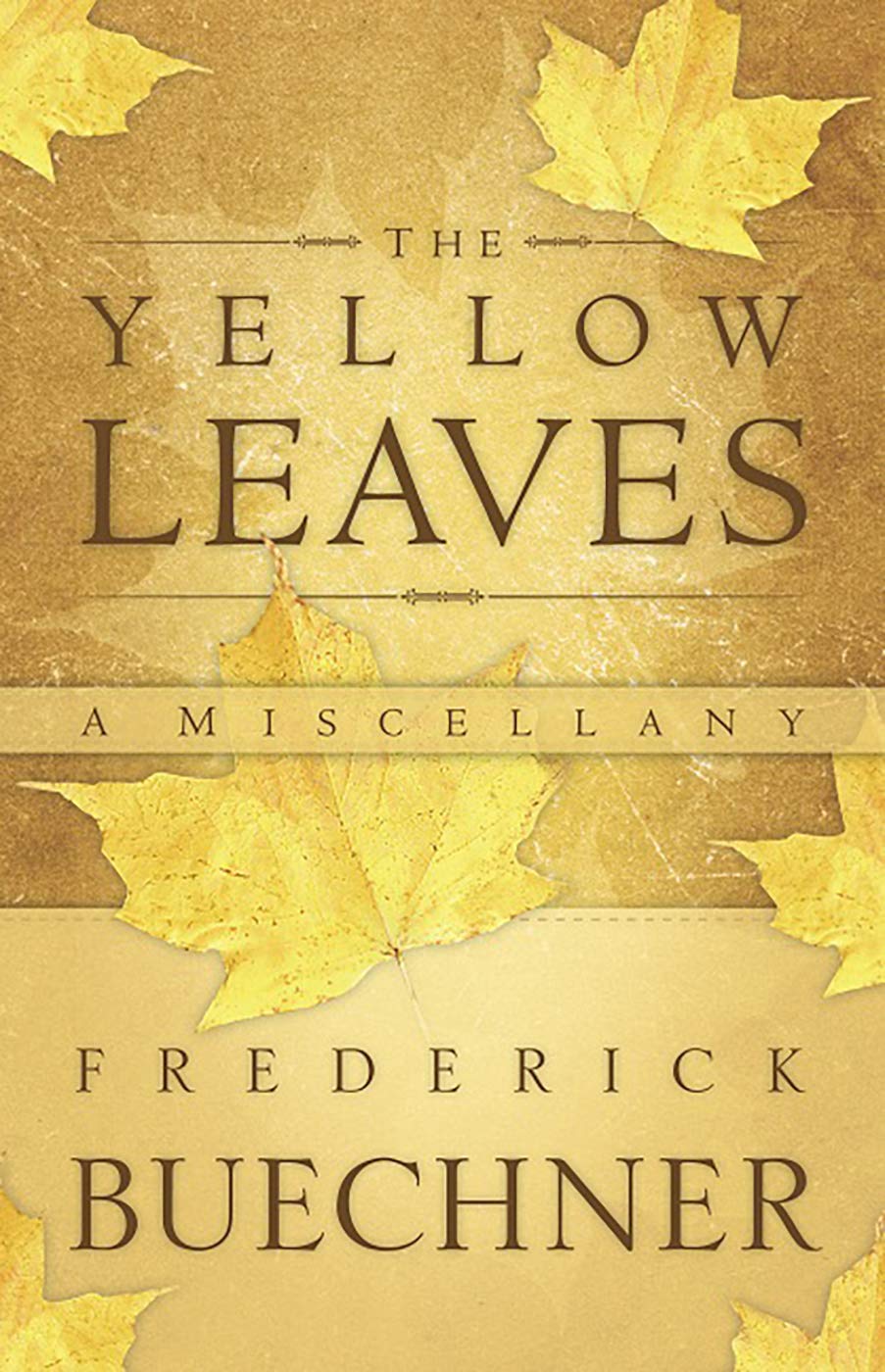
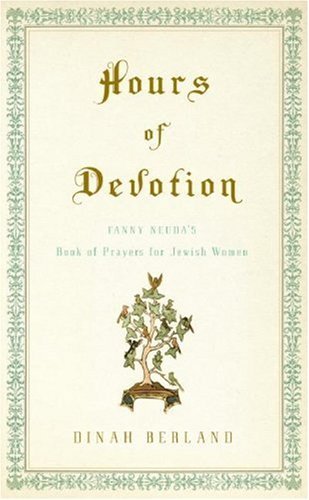
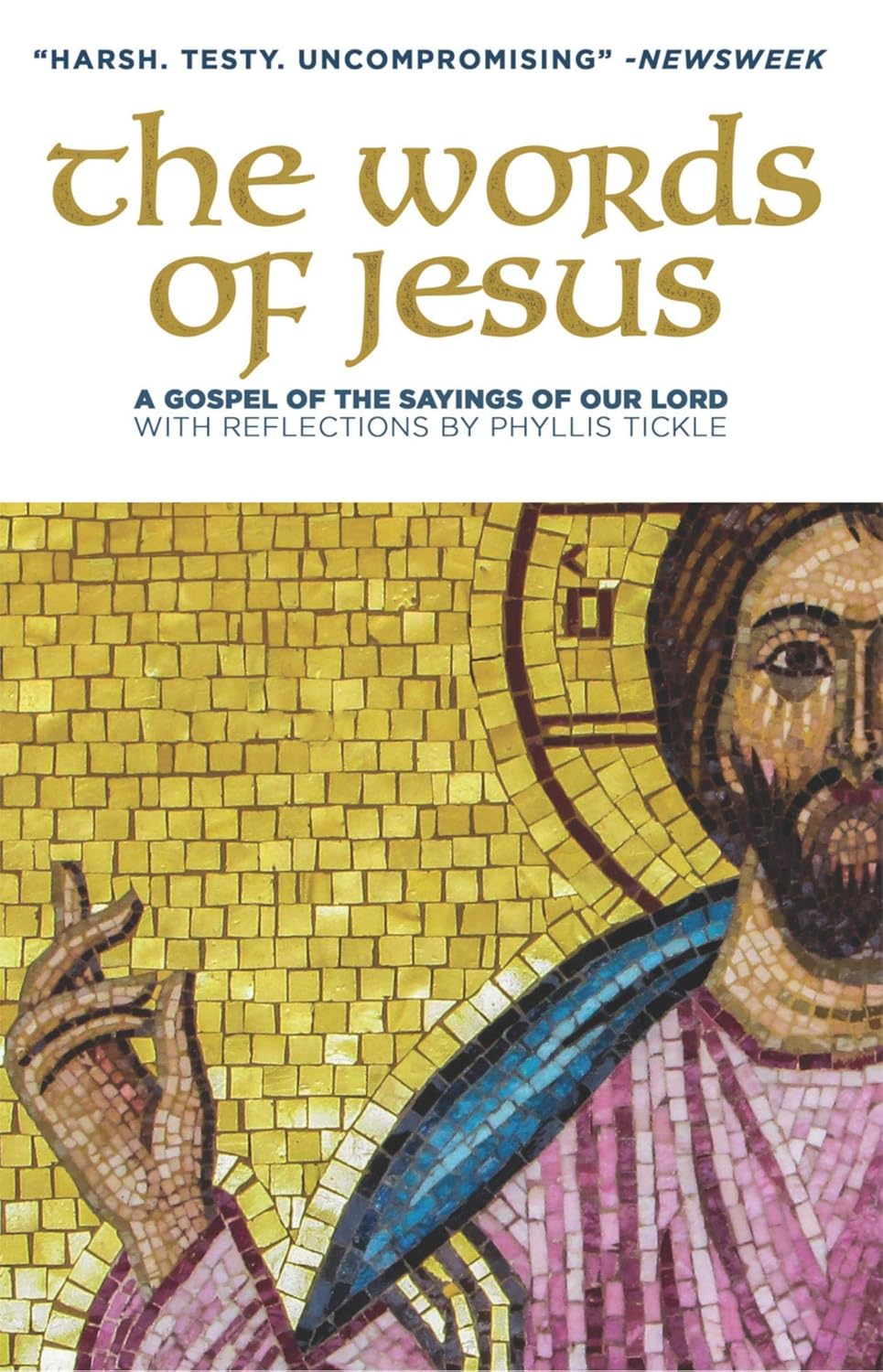
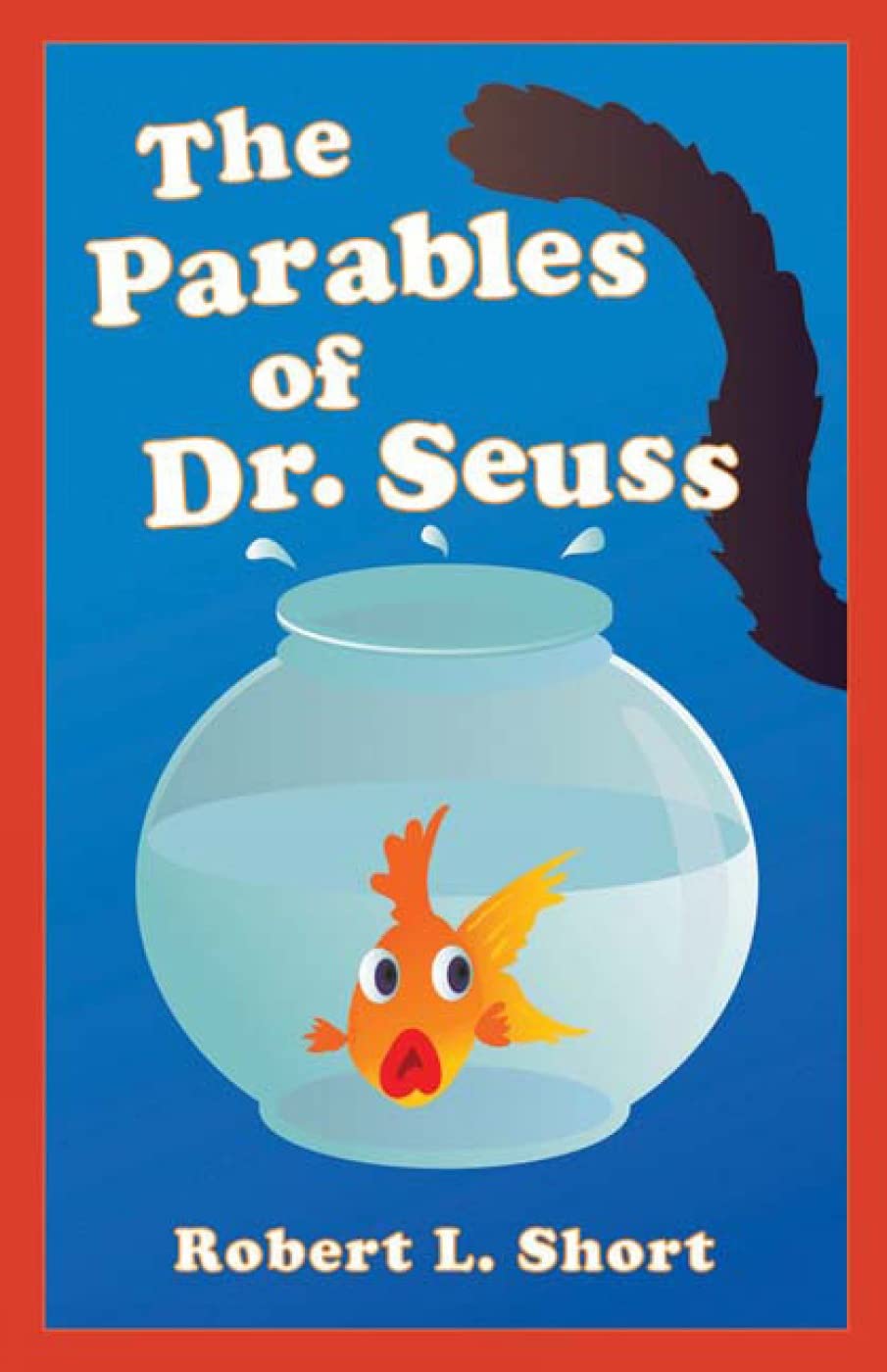
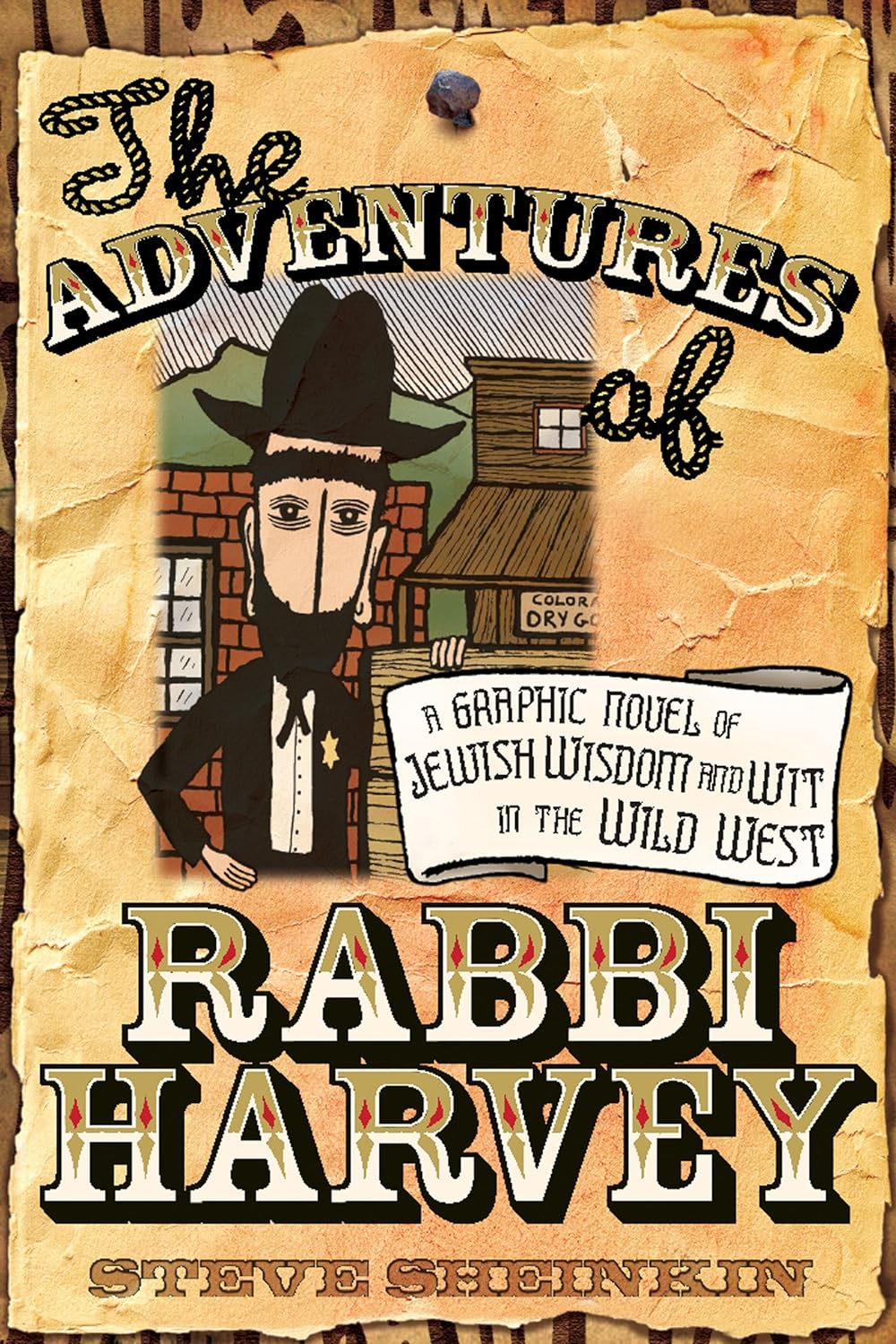
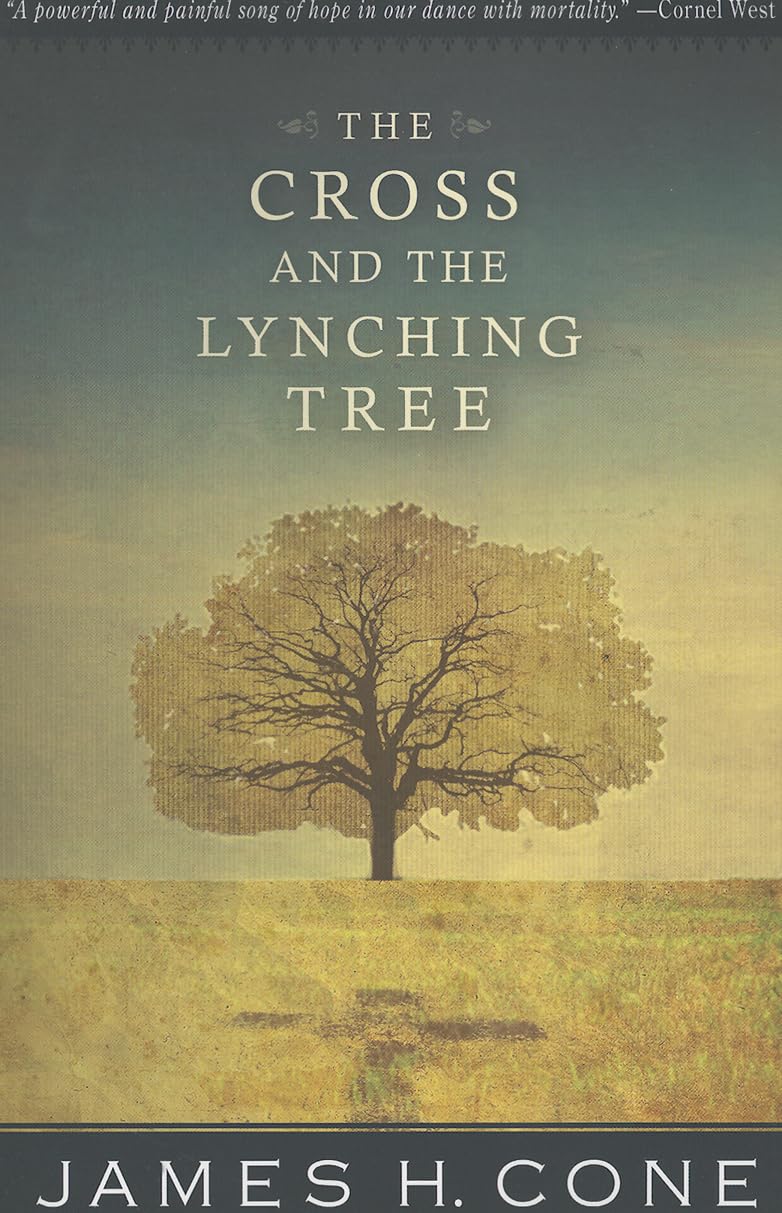
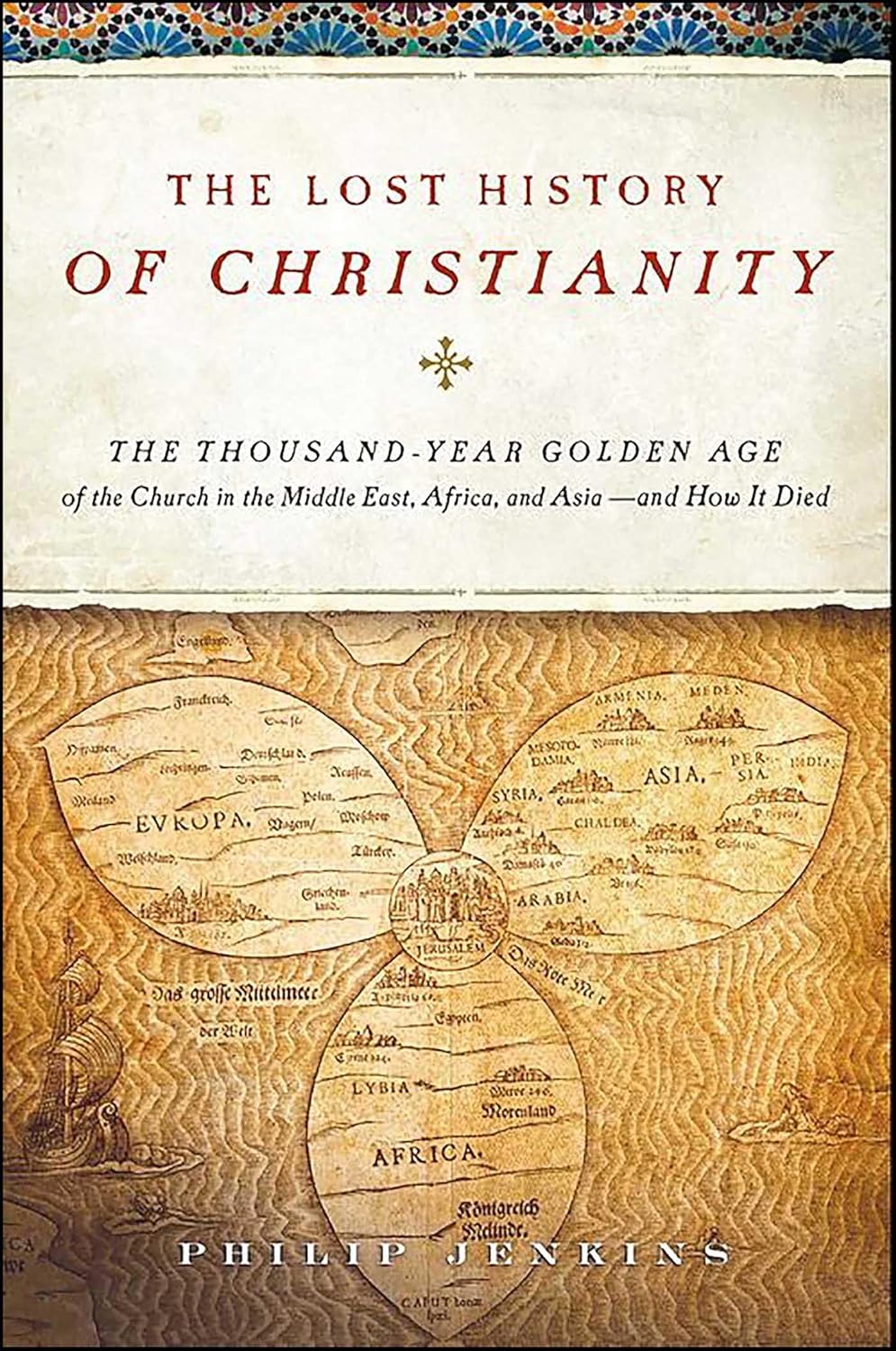
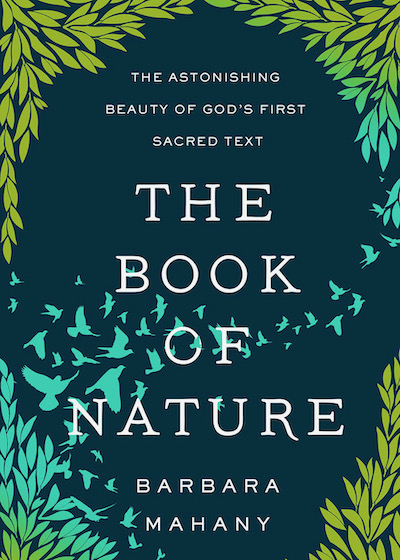
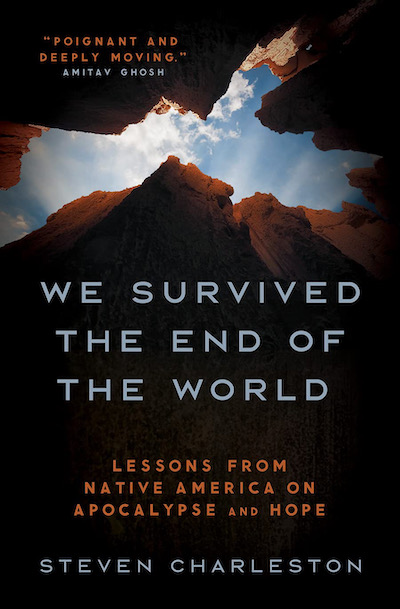

I don’t see how any list is complete without Wilda Gafney’s “A Women’s Lectionary for the Whole Church Year”. Her work is game-changing for the church to look at scripture differently and reposition all sorts of people on the margins of scripture into the life and understanding of our collective worship and formation.
THE AMEN EFFECT by Rabbi Sharon Brous is a beautifully written narrative on ancient Jewish rituals that teach us how to truly listen to each others’ stories of loss, grief, anxiety and fear. My Interfaith Book Group discussing last month and all of us found it life/giving. Not knowing the author and the rituals were Jewish if could have been written by a Christian if Muslim!